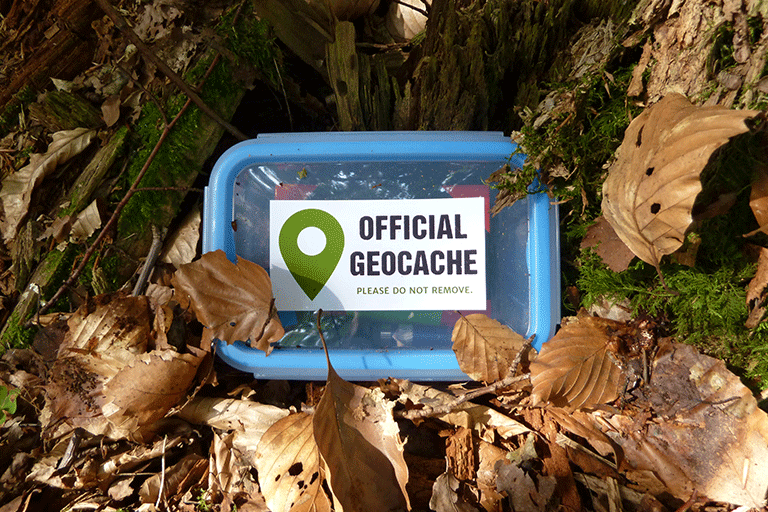By Debra Gibson Isaacs
Geochaching — is it a sport? A leisure activity? An active pastime?
Whatever you choose to call it, geocaching is now worldwide and garnering new participants every year. According to geocaching.com, there are approximately 3 million active geocachers worldwide, with more than 830,000 active users in the U.S., more than 375,000 in Germany and more than 160,000 in the United Kingdom.
According to its website, “Geocaching is an outdoor adventure where players use our free mobile app or a GPS device to find cleverly hidden containers around the world.” It all “boils down to a high-tech scavenger hunt,” according to one active geocacher.
The word was created by combining “geo” for geography and “caching” for the process of storing or hiding materials.
Here are the basics:
• A geocacher hides a geocache, lists it on geocaching.com and challenges other geocachers to find it.
• At minimum, geocaches contain a logbook for finders to sign. After signing, finders log their experiences on geocaching.com or with the geocaching app and earn rewards in the form of a digital smiley emojis.
• Some geocaches contain small trinkets for trade. If geocachers take something from the geocache, they replace it with something of equal or greater value.
• Geocaches are put back where they were found for the next geocacher.
• Geocaches are never buried.
Geocaches run the gamut from easy to find all the way to very difficult.
Those with physical limitations aren’t left out either. There are numerous geocaches that are handicapped-accessible. In fact, more than 2.8 million geocaches are waiting to be found in more than 180 countries.
What will you find? What will you hide?
Debra Gibson Isaacs has been a writer and photographer for more than 30 years. Based in Lexington, Kentucky, she is an avid adventurer.

